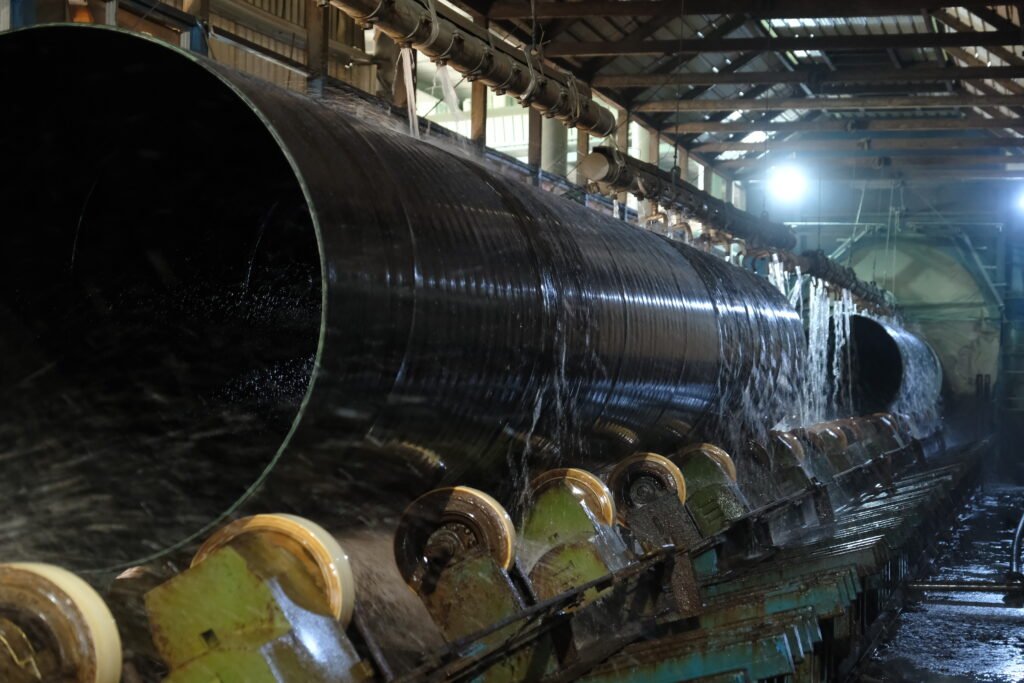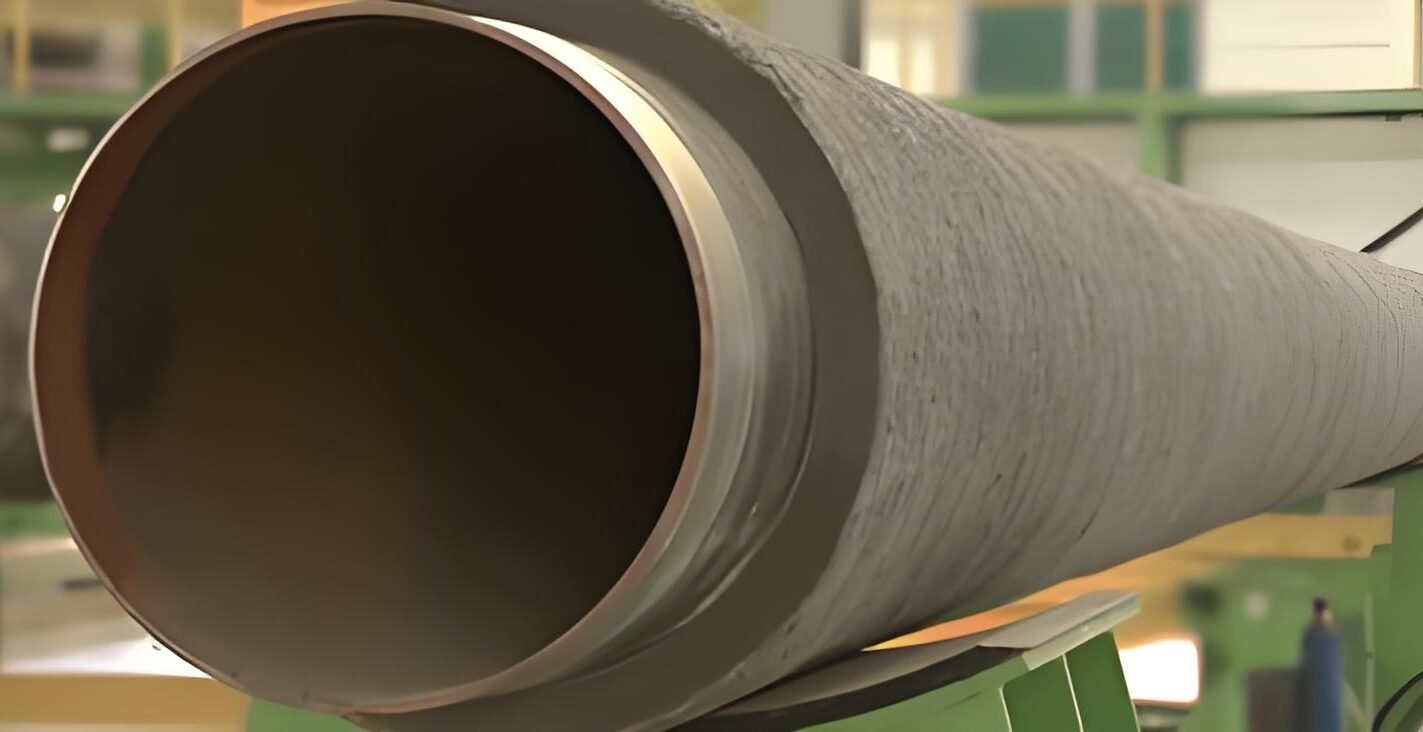Coating
Coating introduction
The oil and gas industry often presents an array of unique challenges and when it comes to coatings, there’s absolutely no room for compromise. MAN Industries offer a wide range of external coating solutions to fulfil customers need from anti-corrosion protection and negative buoyancy requirement and internal coating solution to provide flow efficiency and corrosion protection for natural gas, water and production pipelines. We offer external coatings and internal linings that reliably and durably protect steel pipes against corrosion and mechanical impact in difficult terrain, harsh environments and extremely aggressive media.
Type of Coating

1. External Coating System
Specifications


Type of External Coating
Fusion-Bonded Epoxy (FBE) / Dual layer Fusion Bonded Epoxy Coating is a high-performance anti-corrosion coating that provides excellent protection for small and large diameter pipelines . The First layer of this coating type serves mainly for corrosion protection, while the second layer serves as mechanical protection in the case of increased external loads. The Fusion Bonded Epoxy (FBE) is produced according to ISO21809, CSA Z245.20,
2. Internal Coating System
We offer variety of coating options that protect internal Pipe surfaces from the effects of corrosion and erosion, as well as reducing friction and turbulence in order to increase flow efficiency. The coating also acts as protection while in storage and during transportation. The thickness of internal coating varies from 70 micron to 1000 microns
Specifications



An epoxy flow lining is applied as a thin layer to pipes intended for the transportation of gases. Its purpose is to provide for a smooth pipe inside surface with minimum friction for the medium to be transported. This means the flow rate is improved and energy requirements are reduced.
Epoxy-lined pipes facilitate visual inspection and pig passage. The flow lining also acts as corrosion protection during pipe storage.
Epoxy lining is applied in accordance with API RP 5L2 or EN 10311 to a thickness of about 80 μm.
Pipes are coated with two-component, solvent free, high-build epoxy to provide corrosion protection for the internal surface of steel pipes. Various material options are available for applications including potable and field water, process water, sewage, salt water, wastewater, crude oil and white oils.
Solvent Free Epoxy lining is applied to a thickness of about 406 μm.

3. Concrete Weight Coating (CWC)
- Offshore pipelines
- Pipelines in wetland environments
- River/Road crossings.
Plant Capability





Production Process
The concrete is prepared in an automated batching plant using aggregates (e.g., sand, iron ore), cement and water. The mix is applied on the pipe by impingement while one or more reinforcing wire meshes are incorporated, depending on the required coating thickness
Production Process Flow

Types of Coating & Production Capabilities
| Plant/Facility | Type of Coating | Diameter Range | Capacity (Sqm/Annum) | Specifications Followed |
| Coating – 3 | 3LPE: Three Layer Polyethylene | 4 to 130 | 6.0 million | FBE CSA Z245.20, ISO 21809-2 NACE SP0394 DEP 31.40.30.32 (Shell 2011) GS EP COR 222 (TOTAL) AWWA C213 (2007) 3LPE CSA Z245.21, DIN 30670 ISO 21809-1, ISO 21809-4 DEP 31.40.30.31 (SHELL) GS EP COR 220 (TOTAL) |
| 3LPP: Polypropylene | 4 to 130 | 6.0 million | ||
| FBE & DFBE: Fusion Bonded Epoxy/ Dual Layer | 4 to 130 | 6.0 million | ||
| Internal Epoxy Flow Lining | 12 to 130 | 6.0 million | API 5L RP 2, ISO 15741, AWWA C210 | |
| Concrete Weight Coating | 16 to 48 | 0.12 million | Concrete Density: Up to 3400 Kg/m3 or as per customer requirements Concrete Thickness: up to 120 mm |





